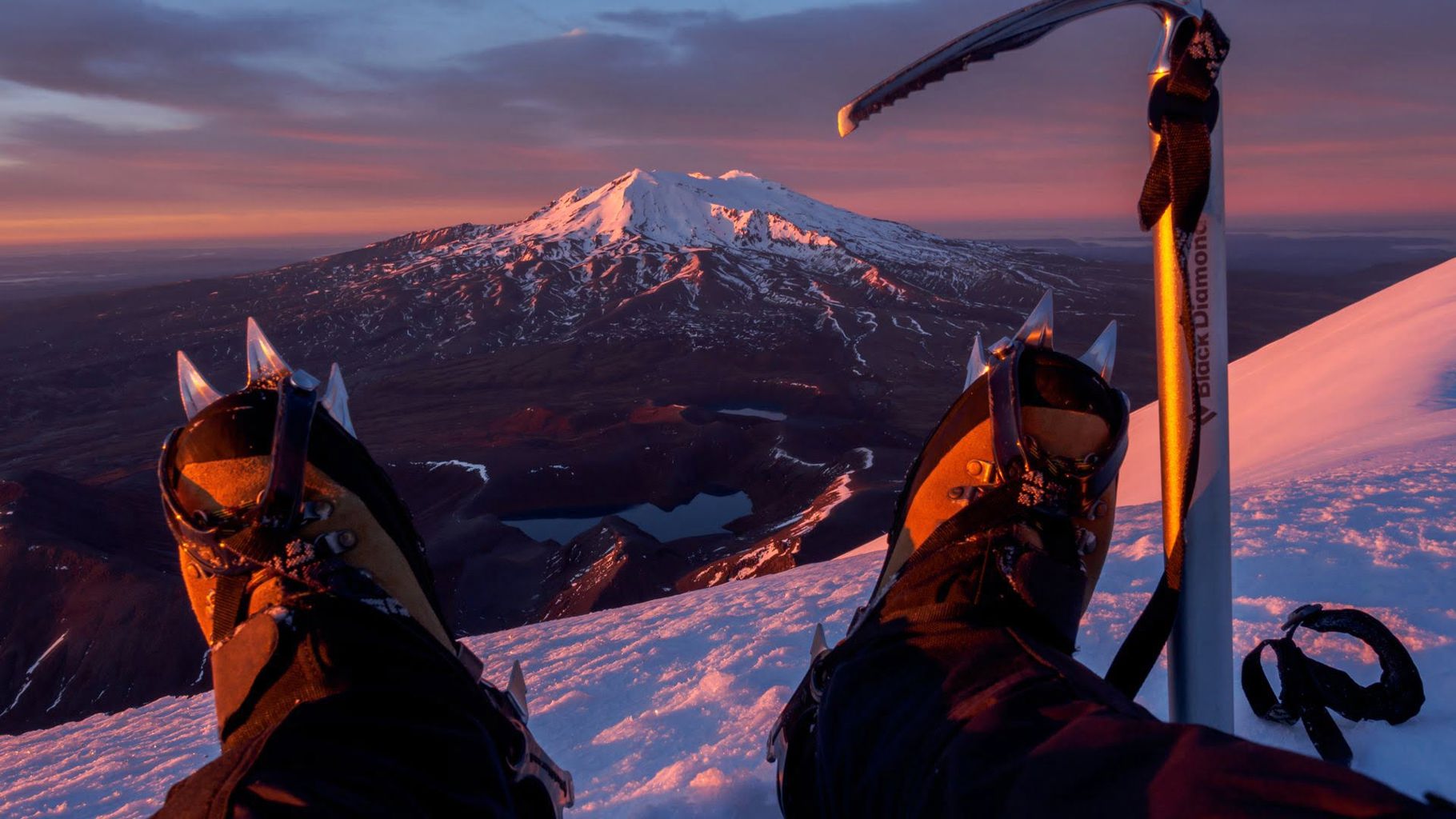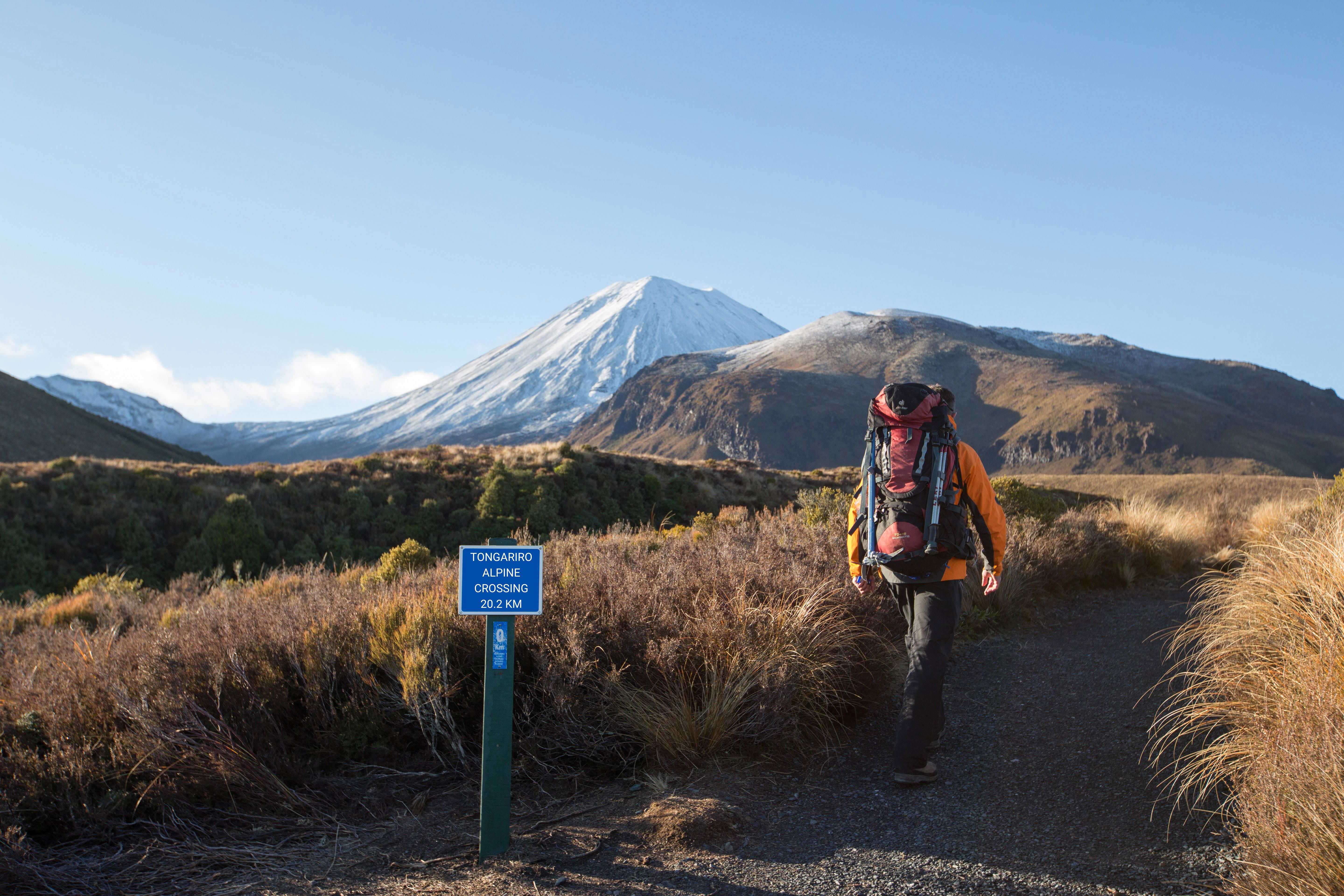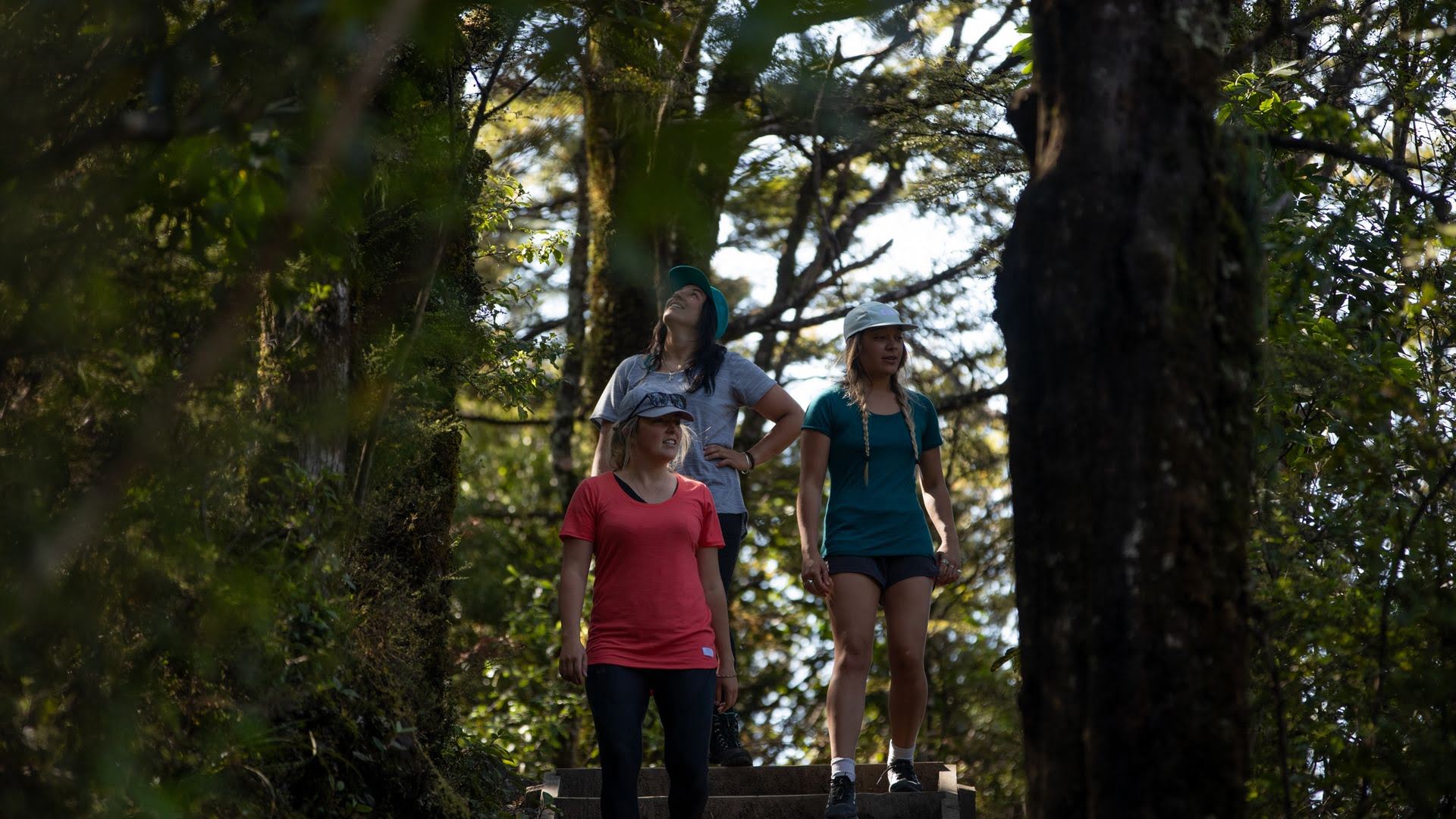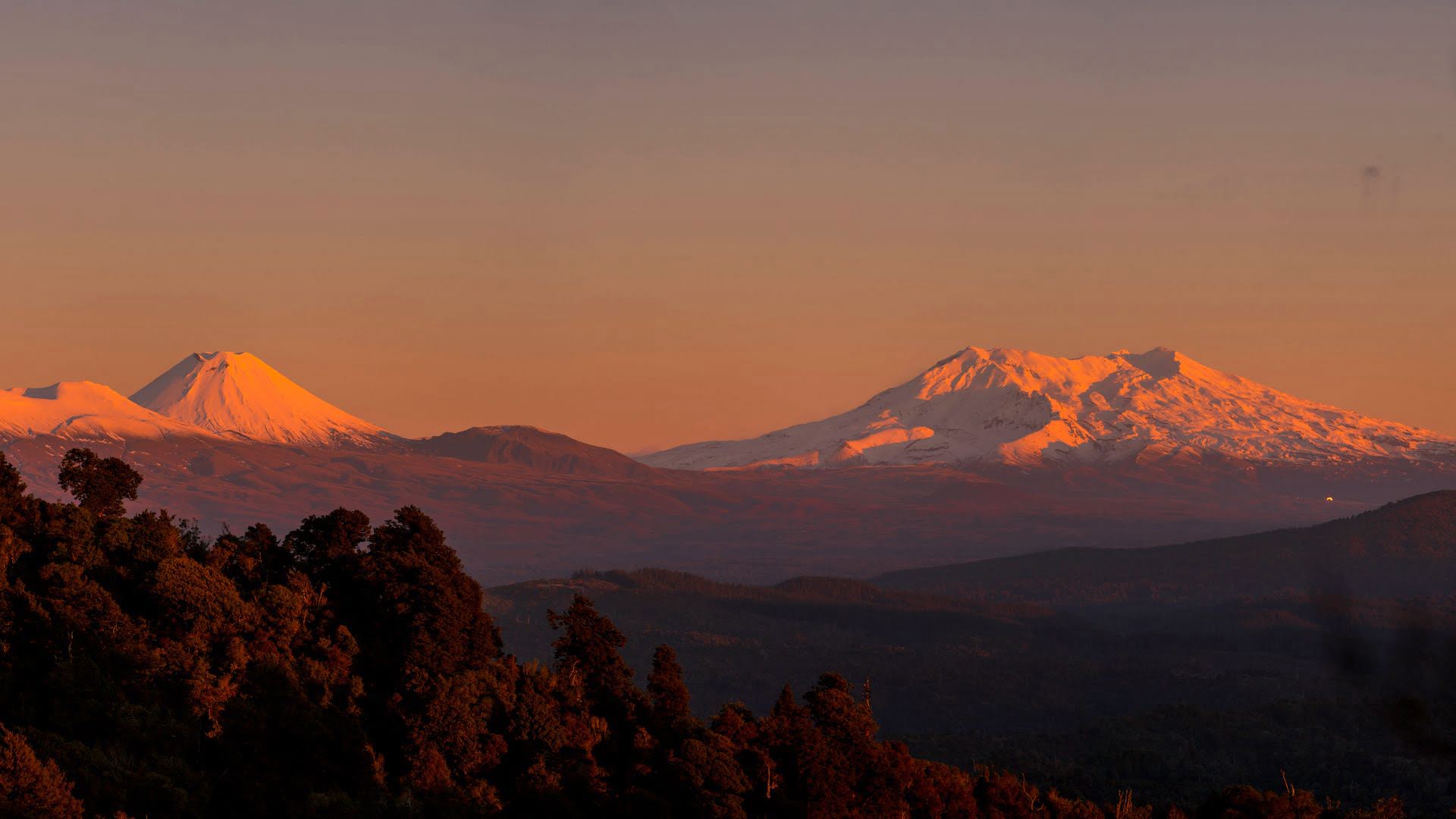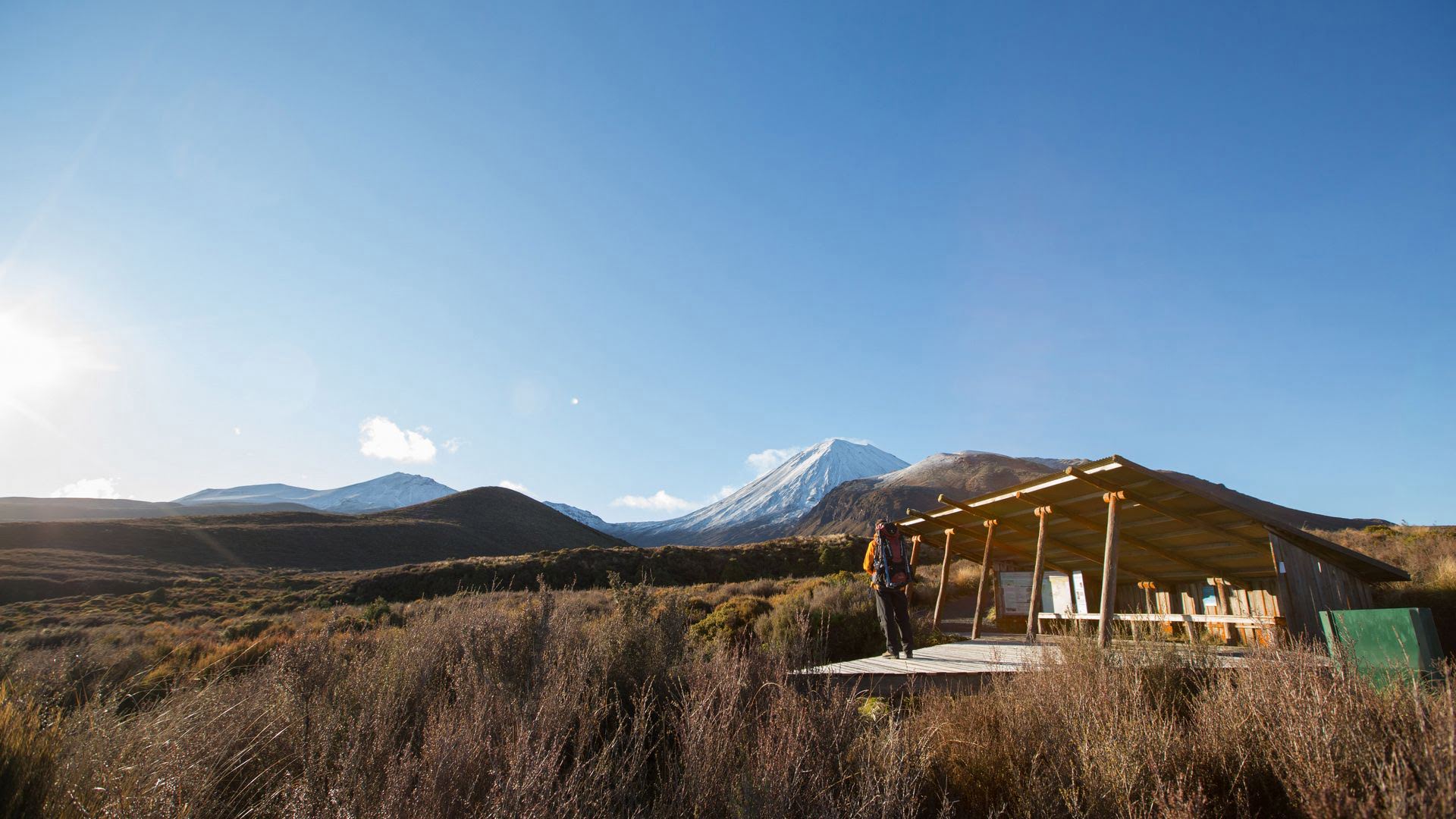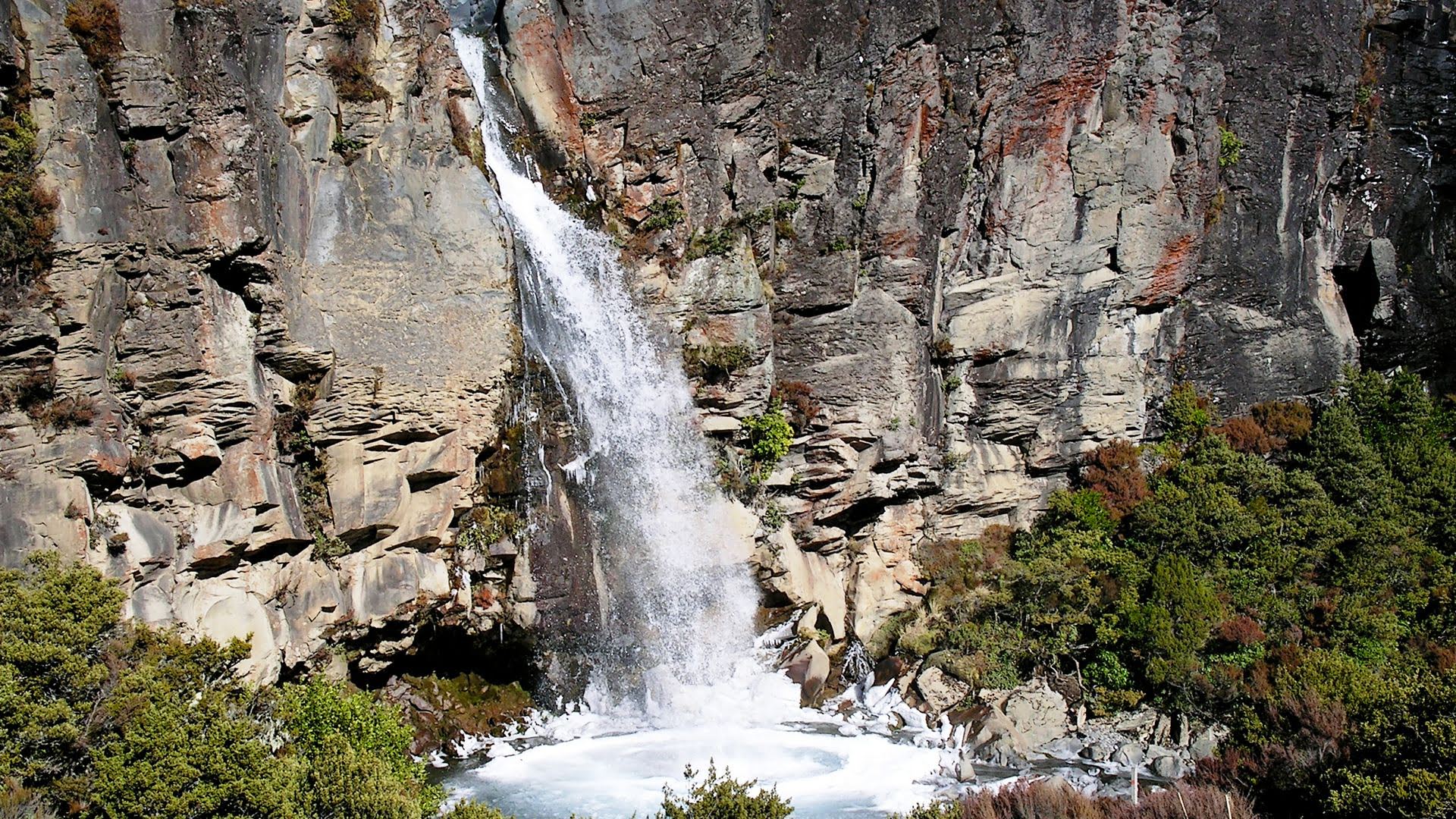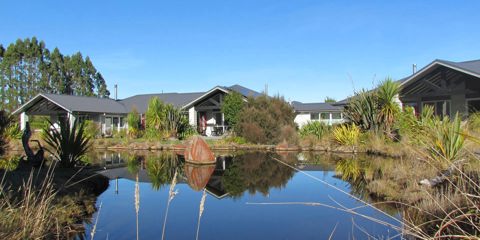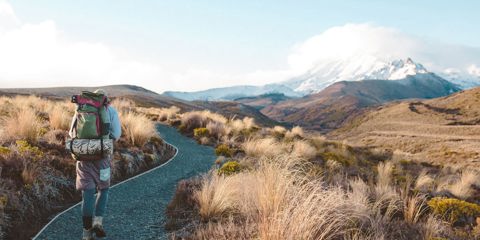The Tongariro National Park is most famous for the iconic Tongariro Alpine Crossing hike and the largeMount Ruapehu ski fields of Whakapapa and Tūroa. There are so many things to do in Tongariro National Park all year round, from hiking and mountain biking to kayaking, fishing and family activities. Base yourself in or around this stunning location and explore Our Greater Outdoors!
It's Easy to Access Tongariro National Park
Getting to Tongariro National Park is easy, with good quality roads surrounded by stunning scenery to enjoy along the way.
Travel times to the starting point of the Tongariro Alpine Crossing, as well as the Whakapapa Ski Area at Mount Ruapehu, are:
- 20 to 35 minutes from Waimarino - National Park Village
- 45 minutes to 1 hour from Ohakune, Turangi or Taumarunui
- 1hour 20 minutes to 1hour 35 minutes from Lake Taupō township.
Whakapapa Village is right in the action, just 8 minutes from the Whakapapa Ski Area, and just 35 minutes drive from the Tongariro Alpine Crossing.


